In the late sixties, Henry Ford II was still bitter about his company’s failure to acquire Ferrari. The legendary GT40 wins at Le Mans offered him some sense of retribution, but he still yearned to sell an Italian sports car under the Blue Oval. A partnership developed with De Tomaso, which also hailed from Modena and, while not enjoying the same prestige as the Prancing Horse, had the added benefit of owning Italian coachbuilders Ghia and Vignale – assets which Ford soon happily acquired, with Alejandro de Tomaso anticipating them making little future profit for his company.
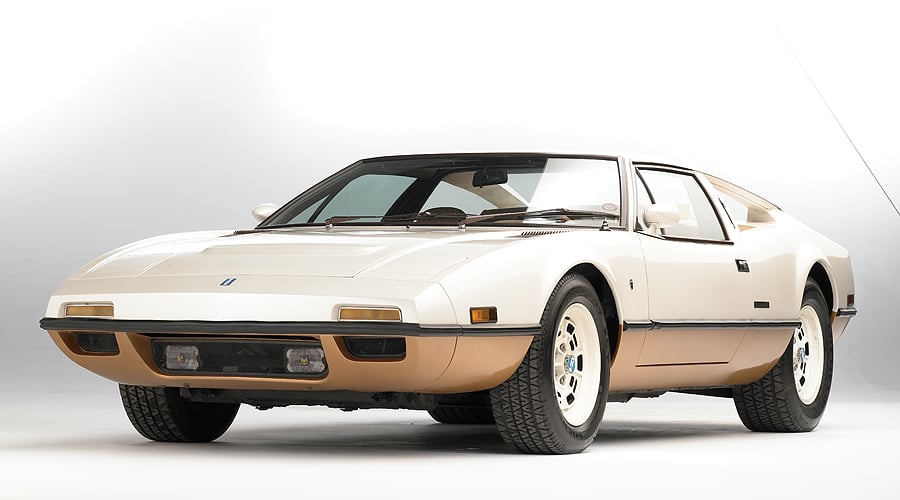
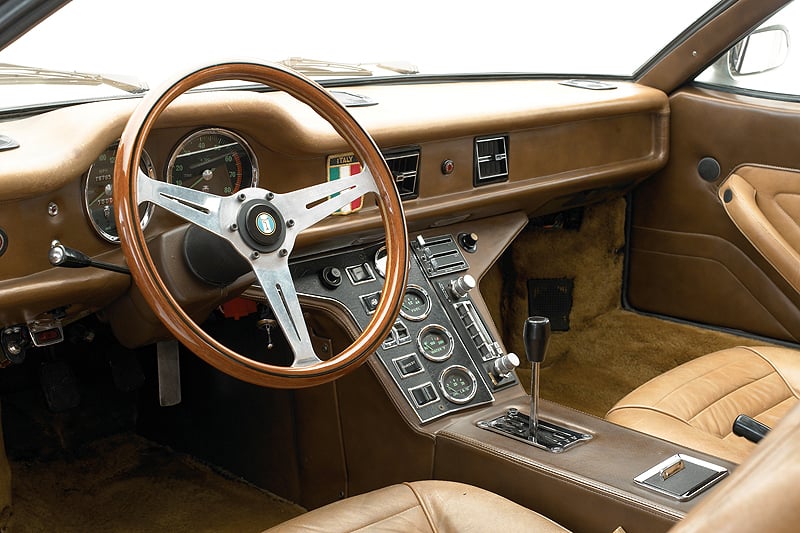
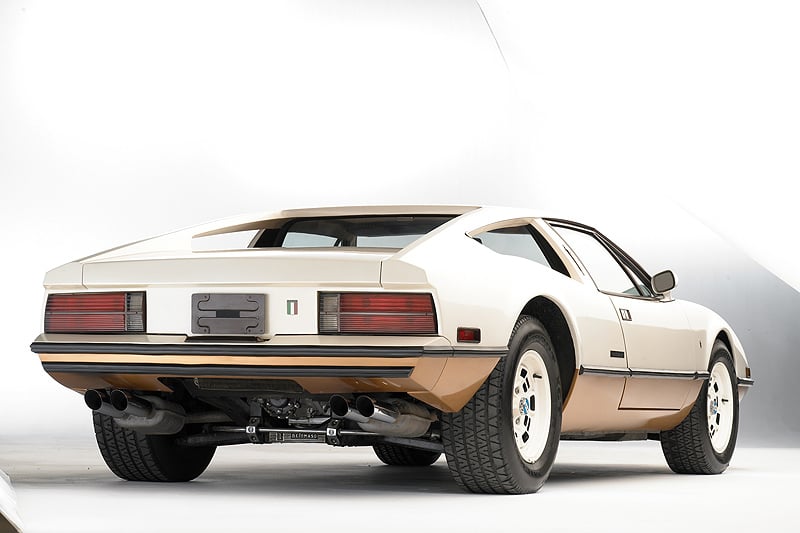
With Tom Tjaarda at the helm, one of Ghia’s first projects under Ford tenure was to design and build the Pantera, a joint collaboration between Ghia’s previous and current owners. It debuted in 1971, boasting a 5,780cc Ford V8 cloaked by Italian coachwork: a combination which many Americans found irresistible despite the car’s well-reported build quality issues. While sales were mounting all seemed well, but when the 1973 oil crisis and U.S. safety and emissions laws combined to make design changes to the Pantera necessary, Ford began losing patience.
De Tomaso saw life yet in the young Pantera, so enlisted Ghia to design a ‘Pantera Series II’ using the underpinnings of the existing model. Tjaarda gave the concept the relevant bumper modifications to satisfy new legislation, but also reworked his original design to include flying buttresses in place of rear pillars – a flourish used on the Maserati Merak a year earlier, which was coincidentally penned by Tjaarda’s predecessor at Ghia, Giorgetto Giugiaro. The Pantera Series II concept was finished in a striking bronze colour, and was unveiled at the 1974 LA Auto Show.
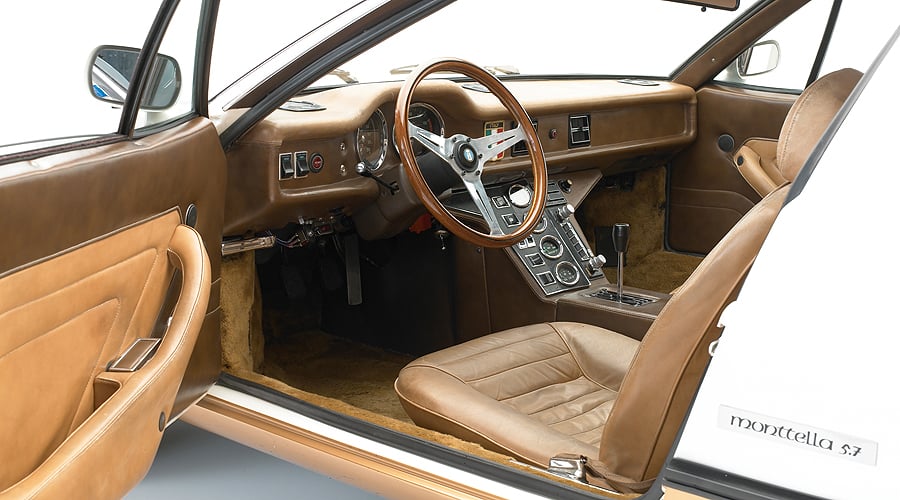
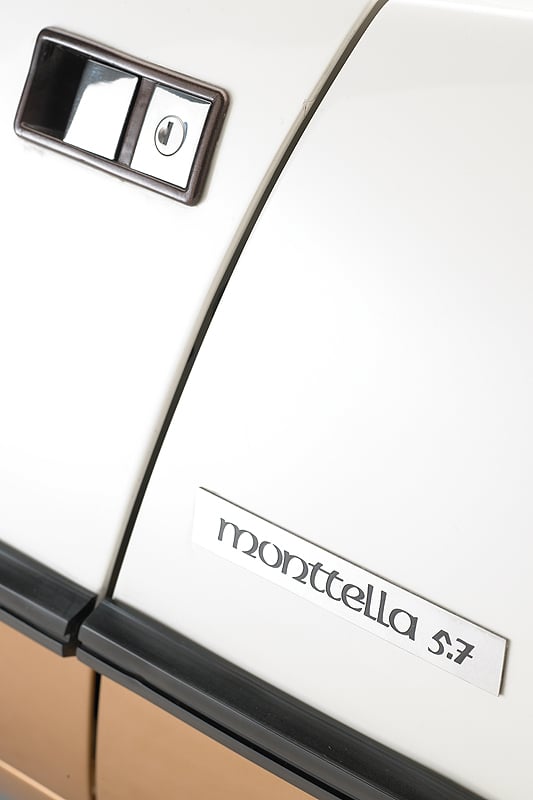
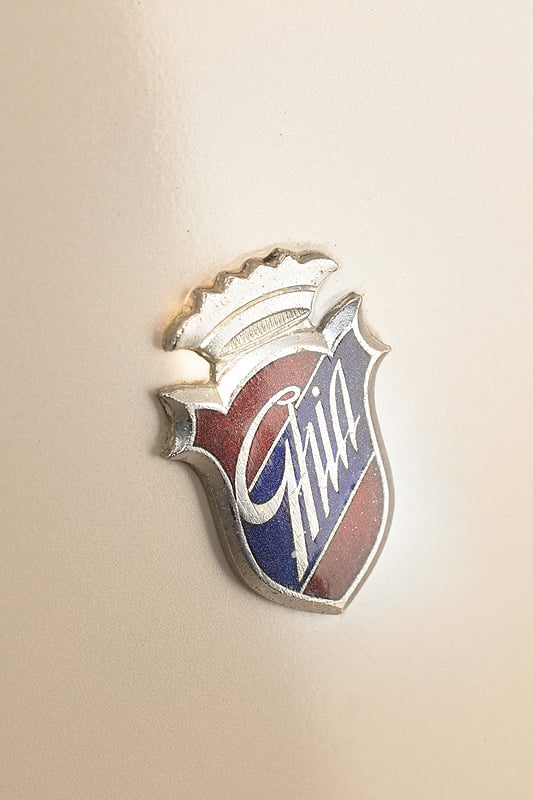
Meanwhile, the worsening state of the automotive industry had led Ford to rethink its priorities, and by the end of that year the American giant had withdrawn its corporate finger from the Pantera pie. The Vignale factory (where the original Pantera was being built) was closed, with all tooling within being scrapped, although De Tomaso continued Pantera production up until 1991 using its own dies and casts. In 1975, the Pantera II concept was re-christened ’Monttella’, given a fresh white-on-bronze colour scheme and shipped to Ford’s Michigan HQ. The intention was to find a replacement production suitor; however, there was little interest, with few manufacturers wishing to take on new projects in such uncertain times. As a result, the Monttella sat unused until 1981, when Ford sold it – alongside several other Ghia prototypes – to a local dentist.
It remained in the dentist's ownership until his death in 2006, and a year later his sons consigned the car to be auctioned at RM’s Monterey sale. It realised 99,000 dollars, the buyer being a Milanese architect who happened to be a close friend of the car’s original designer. Tjaarda gladly assisted with the subsequent body-off-frame restoration, and the car was promptly returned to its original bronze colour and Pantera identity in time for its re-inauguration at the 2008 Villa d’Este, piloted by its beaming creator.
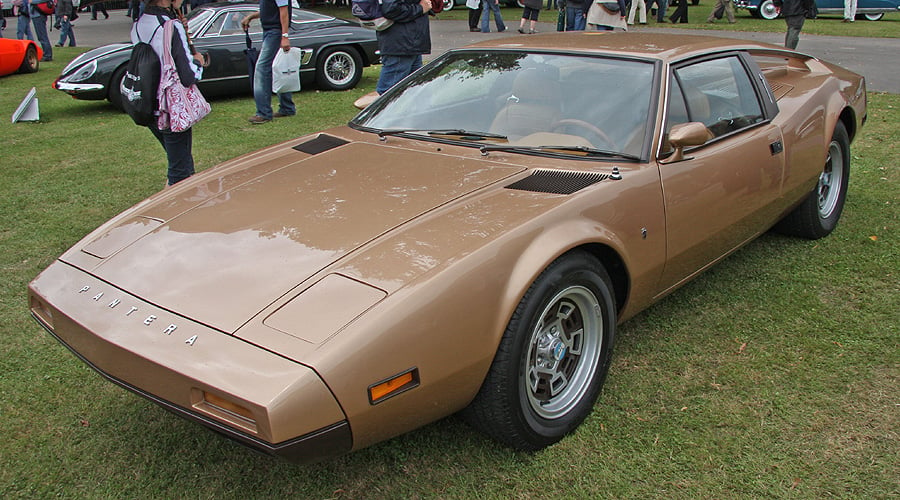
Regularly seen at UK events on British registration plates, it seems the Pantera II concept now has yet another stamp in its passport. And as for the birth certificate – it may have spent the majority of its life under an alias, but the car’s identity is clear. It’s the Pantera that would have been, were it not for such unhappy external factors.
Photos: RM Auctions, apart from last by Brian Snelson











